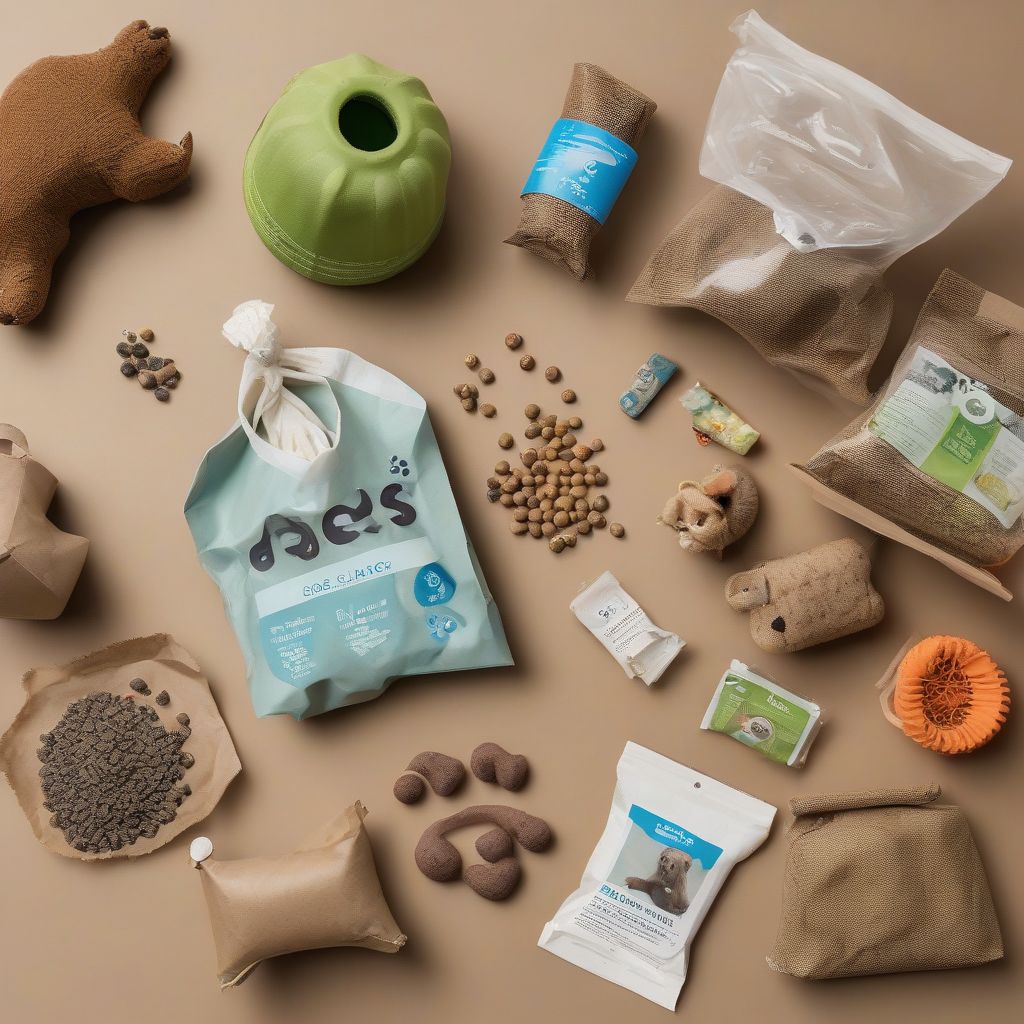Imagine this: you’re cuddling your furry friend, feeling that unconditional love, and suddenly it hits you – the environmental paw print of our beloved companions. As pet parents, we adore our furry, feathered, or scaled family members, but let’s face it, their needs can take a toll on our planet. The good news is, with a few simple changes, we can show love to our pets and the Earth at the same time! Let’s dive into some practical and effective ways to conserve resources while providing top-notch care for our animal companions.
Choosing Sustainable Pet Products
Food for Thought: Opting for Sustainable Pet Food
Our pets gotta eat, right? But their food choices can make a big difference. Look for brands that prioritize sustainability by:
- Sourcing ingredients responsibly: Seek out pet foods made with sustainably sourced meat, poultry, or fish that adhere to ethical and environmentally friendly practices.
- Minimizing packaging waste: Choose brands that use recyclable packaging or consider buying in bulk to reduce waste.
- Exploring alternative protein sources: Insect-based pet foods are gaining popularity as a sustainable option with a lower environmental impact.
Toying with Sustainability: Eco-Friendly Pet Toys
Let’s be honest, most pet toys end up abandoned under the couch. But fear not, there are eco-friendly options available!
- Durable toys: Invest in well-made toys from sustainable materials like natural rubber, bamboo, or hemp.
- DIY toys: Unleash your creativity and make toys from old t-shirts, blankets, or cardboard boxes. Your pet will love the personal touch!
- Support ethical brands: Look for companies that prioritize fair labor practices and use eco-friendly materials.
Waste Not, Want Not: Eco-Conscious Pet Waste Disposal
Let’s talk about the elephant, or rather, the “waste” in the room. Pet waste is a major contributor to environmental pollution, but we can handle it responsibly.
- Biodegradable poop bags: Ditch the plastic bags and opt for biodegradable ones made from cornstarch or other plant-based materials.
- Composting (for herbivores only!): If you have herbivores like rabbits or hamsters, compost their waste to create nutrient-rich fertilizer for your garden.
- Flushing responsibly: Flush only solid waste from cats (if you don’t have a septic system) and avoid flushing cat litter, which can contain harmful toxins.
 Eco-Friendly Pet Products
Eco-Friendly Pet Products
Conserving Water and Energy at Home
Bath Time Bliss: Water-Wise Washing
We all love a squeaky-clean pet, but bath time doesn’t have to mean draining our precious water resources.
- Bathe less often: Unless your pet has a specific skin condition, frequent bathing isn’t necessary. Spot cleaning is your friend!
- Use a pet-specific shower head: These showerheads use less water while still providing a thorough rinse.
- Collect and reuse water: If you water your plants, consider collecting the water used for your pet’s final rinse and give your greenery a nutrient boost.
Energy Efficiency for Furry Friends:
Believe it or not, even our pets’ creature comforts can impact energy consumption.
- Choose energy-efficient appliances: When it’s time to replace old appliances, opt for energy-efficient models of pet-related items like heated beds or aquarium filters.
- Adjust the thermostat wisely: Maintain a comfortable temperature for your pet, but avoid extreme temperature swings that waste energy.
- Provide natural light: Open curtains and blinds to let in natural light, reducing the need for artificial lighting during the day.
Responsible Pet Ownership: Reducing Our Pawprint
Spay and Neuter: Controlling the Pet Population
Overpopulation of pets is a serious issue worldwide. By spaying or neutering, you’re not only preventing unwanted litters but also contributing to the well-being of animals in shelters.
Adopt, Don’t Shop: Giving Shelter Pets a Second Chance
When you choose to adopt a pet from a shelter or rescue organization, you’re not only gaining a loving companion but also saving a life and reducing the demand for commercially bred animals.
Making it a Family Affair: Educating and Inspiring Others
Sharing is Caring: Spread the Word
Knowledge is power! Share your eco-conscious pet care tips with friends, family, and fellow pet parents. The more people who join the movement, the greater the impact we can make together.
Leading by Example: Be the Change
Children learn by watching the adults in their lives. By demonstrating responsible pet ownership and eco-friendly practices, you’re setting a positive example for future generations.
[amazon bestseller=”eco-friendly dog toys”]
Conclusion: A Pawsitive Future for Pets and the Planet
By embracing these simple yet effective practices, we can make a real difference in conserving resources while providing our pets with the love and care they deserve. Remember, every small step counts. Let’s work together to create a healthier and more sustainable future for all creatures, great and small!
